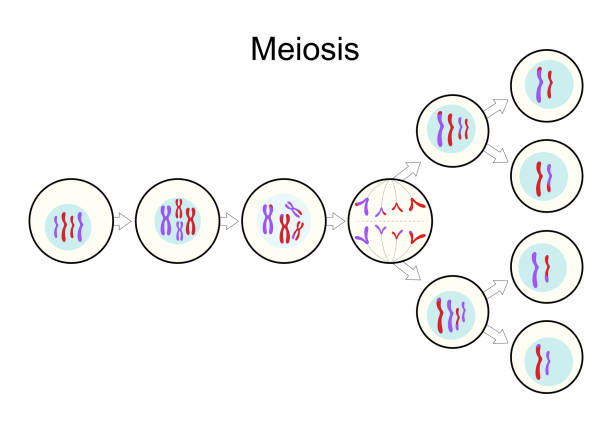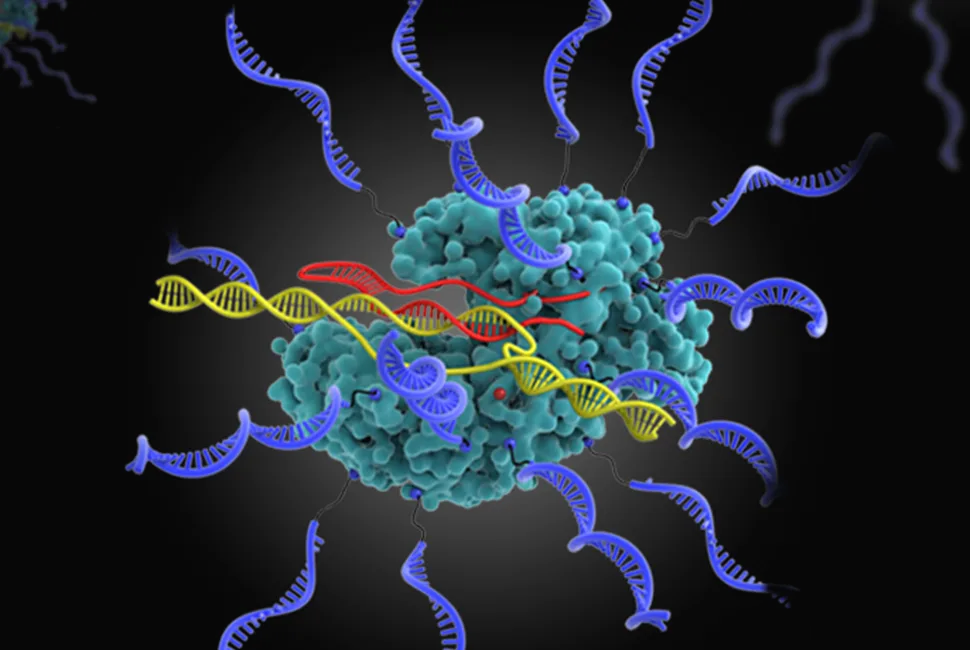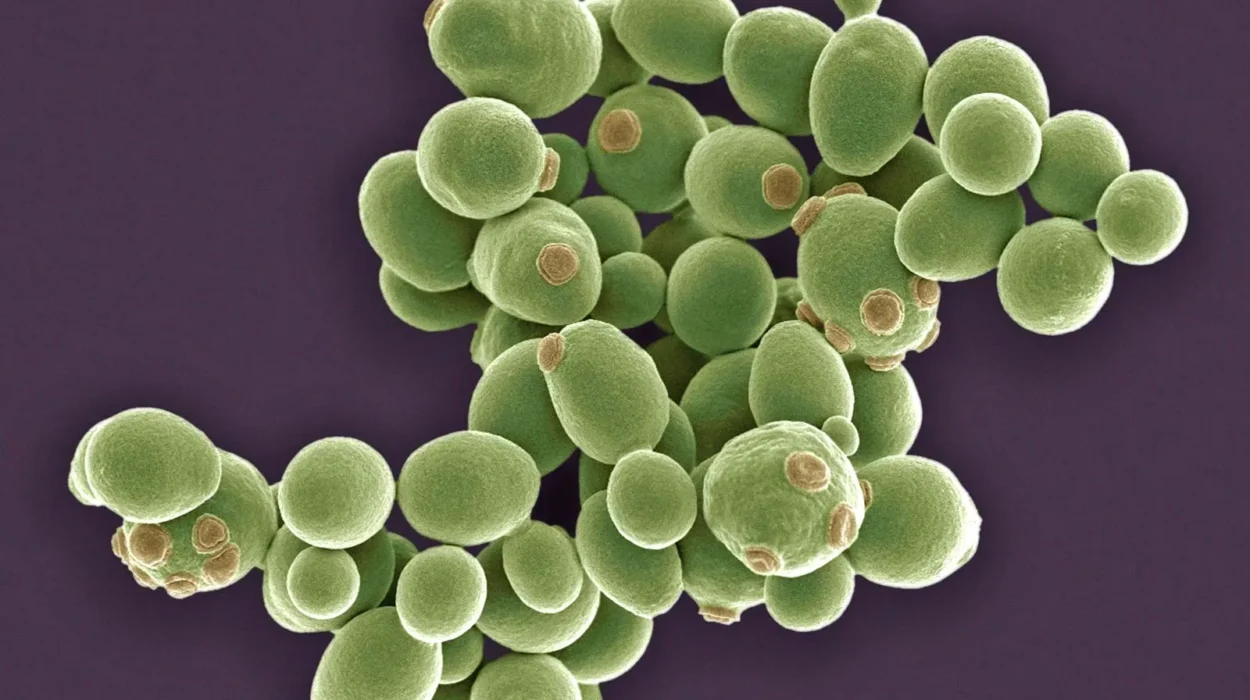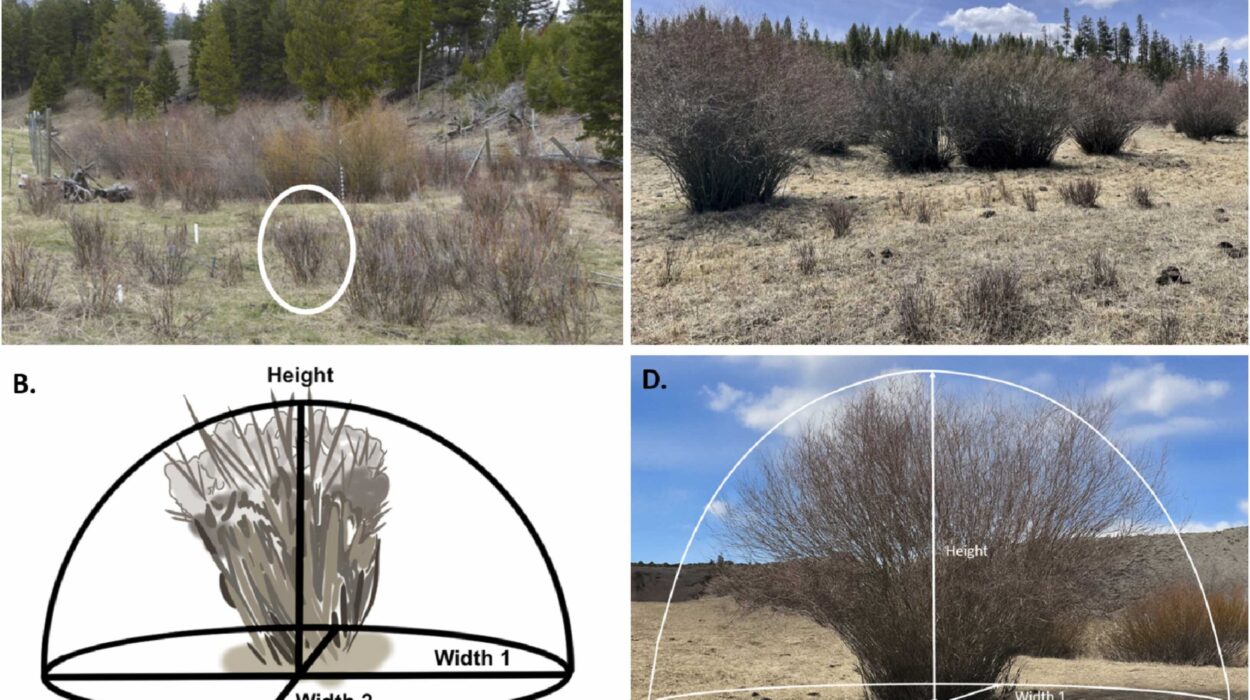Meiosis is one of the most fascinating and essential biological processes that ensures the survival and diversity of life on Earth. It is a type of cell division that occurs in sexually reproducing organisms, responsible for producing reproductive cells or gametes (sperm and eggs in animals, pollen and ovules in plants). This intricate process not only helps organisms reproduce but also plays a crucial role in maintaining genetic diversity, which is a cornerstone of evolution.
Understanding meiosis is a journey into the microscopic world, where molecular machines work together in perfect harmony to create life’s building blocks. But, beyond the science, meiosis is a beautiful example of nature’s elegance and efficiency, ensuring that each new generation is unique, yet connected to the one before it.
The Basics: Meiosis vs. Mitosis
Before diving deeper into the specifics of meiosis, it’s important to distinguish it from mitosis, a process that most people are more familiar with. Mitosis is the kind of cell division that results in two genetically identical daughter cells, ensuring that tissues in multicellular organisms can grow and repair. It’s like making a perfect copy of the original.
In contrast, meiosis is a bit more complicated and specialized. It results in four non-identical daughter cells, each with half the number of chromosomes of the parent cell. This reduction in chromosome number is crucial for sexual reproduction. Without meiosis, fertilization would result in cells with double the number of chromosomes, leading to serious genetic imbalances.
Why Meiosis Matters: The Role in Reproduction and Genetic Diversity
The primary role of meiosis is to produce gametes—sperm and eggs in animals and pollen and ovules in plants. In humans, for example, meiosis occurs in the ovaries and testes, where it produces eggs and sperm, respectively. Each of these gametes contains half the number of chromosomes as the original cell, ensuring that when two gametes come together during fertilization, the resulting offspring has the correct number of chromosomes.
Beyond reproduction, meiosis is integral to genetic diversity. Each gamete carries a unique combination of genes, which means that offspring will inherit a mix of traits from both parents. This diversity is essential for the survival of species, as it increases the chances that some individuals will have the genetic traits necessary to survive changing environments and challenges, such as disease or climate shifts.
The Stages of Meiosis
Meiosis consists of two sequential divisions: meiosis I and meiosis II. Each of these divisions involves a series of stages that carefully orchestrate the sorting and division of chromosomes. These stages are similar to those in mitosis but with crucial differences that ensure the reduction of chromosome number.
Meiosis I: The First Division
Meiosis I is where the chromosome number is halved. The stages of meiosis I are:
- Prophase I: This is the longest phase of meiosis and arguably the most fascinating. During prophase I, homologous chromosomes (pairs of chromosomes, one from each parent) come together and physically exchange segments in a process called crossing over or genetic recombination. This ensures that each chromosome is a unique mix of the parent chromosomes. Prophase I also sees the chromosomes condensing and becoming visible under a microscope. The nuclear membrane begins to break down, and the spindle apparatus starts to form.
- Metaphase I: In this stage, the homologous chromosome pairs align at the cell’s equator. The spindle fibers attach to the centromeres of each chromosome pair, preparing them for separation. The key feature of metaphase I is that the chromosomes are arranged in pairs, with one chromosome from each parent in each pair.
- Anaphase I: Anaphase I is when the homologous chromosomes are pulled to opposite poles of the cell. Unlike in mitosis, where sister chromatids are separated, here it’s the entire chromosomes that are separated, reducing the chromosome number by half.
- Telophase I: At the end of anaphase I, the chromosomes reach the poles, and the nuclear membrane begins to reform around them. The cell then undergoes cytokinesis, splitting into two daughter cells. Each daughter cell now has half the number of chromosomes, but each chromosome consists of two sister chromatids.
Meiosis II: The Second Division
Meiosis II is very similar to mitosis, but it starts with two cells, each containing half the original chromosome number. The goal of meiosis II is to separate the sister chromatids, ensuring that the resulting gametes have just one copy of each chromosome.
- Prophase II: In each of the two daughter cells from meiosis I, the chromosomes begin to condense, and the nuclear envelope breaks down. The spindle apparatus re-forms, and the chromosomes are once again ready to be aligned at the center.
- Metaphase II: The chromosomes, each still consisting of two chromatids, align along the equator of the cell. This alignment is similar to what happens in mitosis but with half the chromosome number.
- Anaphase II: The sister chromatids are finally separated and pulled toward opposite poles of the cells. This ensures that each new cell will have a single copy of each chromosome.
- Telophase II: Once the chromatids reach the poles, the nuclear envelope reforms around each set of chromosomes, and the cells undergo cytokinesis. The result is four non-identical gametes, each with half the chromosome number of the original cell.
Genetic Variation in Meiosis: Crossing Over and Independent Assortment
One of the most exciting aspects of meiosis is the genetic variation it introduces. Meiosis doesn’t simply produce genetically identical cells—quite the opposite, in fact. The two key mechanisms that contribute to genetic variation during meiosis are crossing over and independent assortment.
- Crossing Over: During prophase I, homologous chromosomes pair up and exchange genetic material in a process called crossing over. This results in new combinations of genes, which are shuffled and passed down to the next generation. Imagine it like a shuffle of cards—when two chromosomes exchange pieces of their genetic material, the resulting combination is unique.
- Independent Assortment: During metaphase I, the homologous chromosome pairs align randomly at the equator of the cell. This random arrangement, called independent assortment, ensures that each gamete gets a random mix of chromosomes from the parent. For example, if an organism has two pairs of chromosomes (let’s say chromosomes A and B), the arrangement of these chromosomes on the metaphase plate is random, so the resulting gametes could end up with any combination of these chromosomes.
Together, crossing over and independent assortment create a staggering amount of genetic diversity. In humans, for example, the number of possible combinations of chromosomes produced by meiosis is 2^23 (over 8 million), not even factoring in the additional variation from crossing over.
Meiosis and Human Genetics
In humans, meiosis plays a central role in sexual reproduction. It ensures that each offspring inherits half of its chromosomes from each parent, maintaining the species’ chromosome number across generations. When an egg and sperm fuse during fertilization, they create a zygote with a full set of chromosomes (23 pairs in humans).
The role of meiosis in human genetics is profound, as it is through this process that genetic disorders can arise. Errors during meiosis, such as nondisjunction (when chromosomes fail to separate properly), can result in gametes with an abnormal number of chromosomes. For example, Down syndrome is caused by an extra copy of chromosome 21, which typically arises from nondisjunction during meiosis.
Meiosis in Different Organisms
While the overall process of meiosis is largely conserved across sexually reproducing organisms, there are some interesting variations depending on the species.
- Plants: In plants, meiosis also leads to the formation of gametes (pollen and ovules), but plants often undergo a process called alternation of generations, where the life cycle alternates between a haploid (gamete) and diploid (sporophyte) phase. This adds another layer of complexity to plant reproduction.
- Fungi: Many fungi also use meiosis for reproduction, but they may have more complex life cycles, involving both sexual and asexual reproduction.
- Animals: In most animals, meiosis occurs only in the germ cells (sperm and egg). The process ensures that the offspring inherit a genetic mix from both parents, contributing to genetic diversity.
The Significance of Meiosis in Evolution
Meiosis is the engine that powers evolution. By creating genetic variation, meiosis ensures that populations have the raw material needed for natural selection to act upon. Over time, this diversity allows species to adapt to changing environments and new challenges, whether it be climate changes, predators, or diseases.
In fact, meiosis is one of the key reasons why sexual reproduction is so advantageous over asexual reproduction. While asexual reproduction can create offspring that are genetically identical to the parent, sexual reproduction (and thus meiosis) allows for the mixing of genes, creating unique combinations that may be better suited to survival.
Meiosis and the Future of Science
The study of meiosis is far from complete. Scientists are still uncovering new details about this complex process, particularly how errors in meiosis lead to genetic diseases and disorders. Recent advancements in genomics and molecular biology have opened up new avenues for understanding how meiosis works at a molecular level. This knowledge is not only important for biology but also for fields like medicine and agriculture, where understanding genetic variation can lead to improved crop yields, better treatments for genetic disorders, and even advances in biotechnology.
Conclusion: Meiosis, the Heartbeat of Genetic Diversity
Meiosis is not just a biological process; it is a fundamental mechanism that drives life’s diversity. By ensuring the proper distribution of genetic material and introducing new combinations of genes, meiosis guarantees that life on Earth can continue to evolve and adapt.
Without meiosis, sexual reproduction would be impossible, and without sexual reproduction, the world would be a much less diverse place. Through this incredible dance of chromosomes, cells are able to produce the unique and varied offspring that are the hallmark of life on Earth. Every human, every plant, and every animal owes its existence to this awe-inspiring process, which is as beautiful as it is essential to life itself.
Whether in the formation of an egg and sperm or the development of a new plant from a seed, meiosis is the quiet, yet powerful, force behind the continuation of life and the endless variety of the living world. It’s not just a scientific process; it’s the very heartbeat of genetic diversity, making every living thing a part of the grand, ever-evolving tapestry of life.






